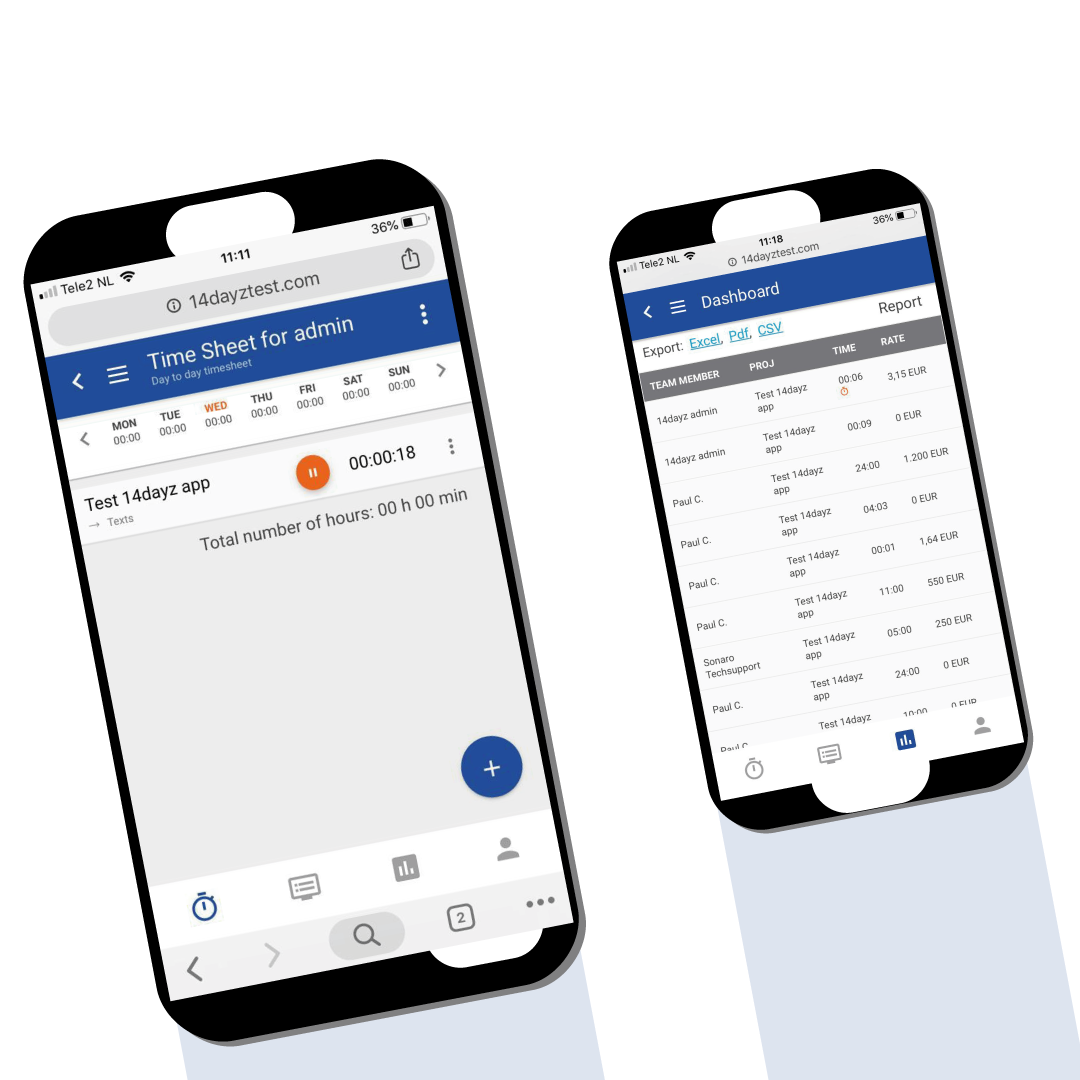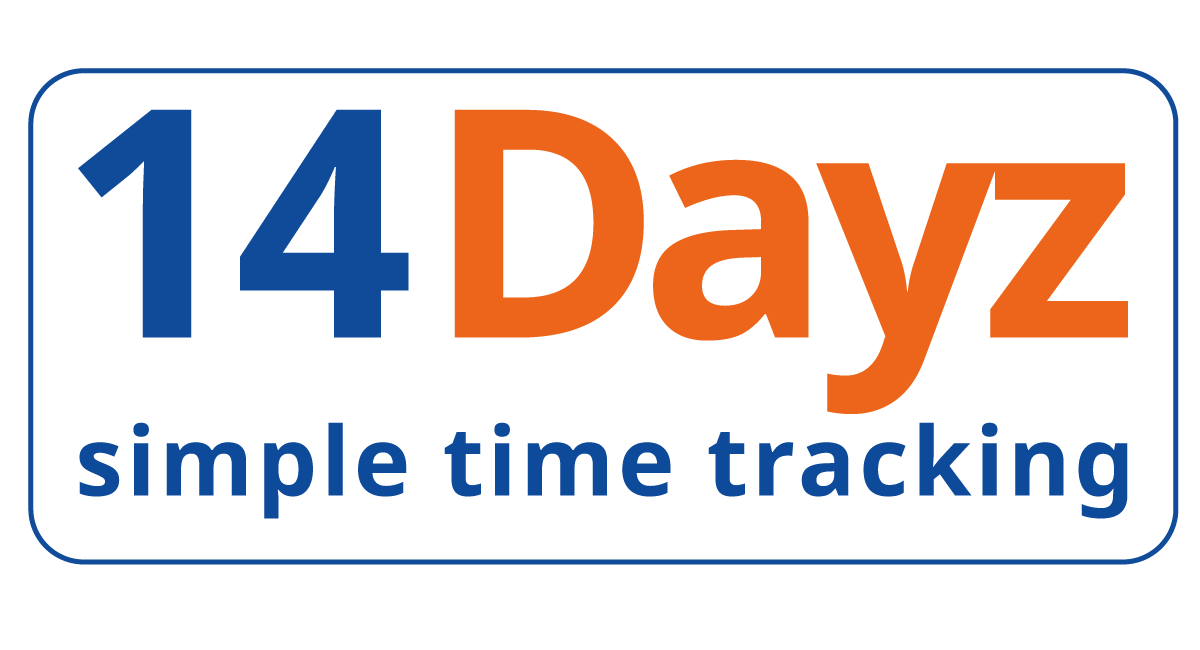Sometimes, even the teams comprised of reliable, competent, and hard-working employees may not be providing the best results. Obstacles may arise that will hinder your workers’ productivity, and such obstacles will require intervention on your behalf. However, you will first need to know how to assess your team’s efficiency in order to get an accurate reading and see which areas and employees, if any, need improvement. With that in mind, we have compiled the best tips for measuring employee efficiency. Here is what you need to know before you are ready to deal with your team’s weak points.
General tips for measuring employee efficiency
- If you want to know if your employees are productive, you first need to define what productivity means for you. Therefore, setting some precise goals is something that we certainly encourage you to do. For example, that goal can be to improve sales by 10% during the next month. This way, you will be able to quantify progress.
- Be sure to regularly inspect your workers’ productivity. You can do it every week or even every month. Whatever time period you decide on, stick to it consistently in order to get a clear picture.
- Sometimes, you shouldn’t assess the productivity of an individual, but the productivity of an entire team. One employee may not be providing glistening results, but this could be due to an inadequate collaboration process. So, where applicable, use the tips in this post to determine the efficiency of a larger group of people.
Depending on the circumstances, measuring employee efficiency of the entire team instead of a single individual could bring better results.

Having the right kind of system
Having a good system for distribution of smaller tasks can be very useful when measuring employee efficiency. With smaller tasks, it is much easier to keep track of progress than when you have to measure the progress of an entire project or its individual, ample components. In practice, by comparing the efficiency of your employees while completing these smaller tasks, you can easily see whether someone is lagging behind.
Another upside to this kind of system is that you can easily make sure that all your employees have equally demanding workloads. More importantly, it ensures they can complete them in the allocated time-frame. This is also very useful when your business experiences growth. You can keep adding smaller tasks to your workers’ schedule. If that is not possible, you will then know that it’s the right time to hire new workers.
Useful software
Time-tracking solutions, such as 14Dayz, are a great asset when you need to assess your workers’ productivity. Handy time-sheets and reports with customizable filters are designed to be very functional and easy to use.
In practice, this is as simple as it sounds. The employees activate timers that provide an accurate report of the amount of time it took to complete a certain task. With this information, you can plan your workers’ individual workload better and see whether someone’s having problems or, simply, slacking off.
Another type of software that can help you with measuring employee efficiency is related to project management. If you don’t want to manually divide the work into smaller objectives, then this kind of software will allow you to do this in an elegant and organized manner. Project management tools work best in conjunction with time-tracking tools. This way, you will be able to see how long it took to get the job done during the relevant time-period.

Relying on your employees
You can also depend on your colleagues to help you with assessing employee efficiency. First of all, you can ask your employees to submit a report every day. This report can include all the projects that they are working on and the associated tasks and objectives. There should be a defined time-frame for the completion of each of these tasks.
Daily reports will then be a great way to measure employee progress. You can see if everything is going according to plan, and whether your employees are having problems with certain tasks. It is also a good idea to ask them to include any issues they’re having in the report, so you or your managers can assist them accordingly.
Your managers can also be of great help. If you think that you can rely on them, create a system together. They can use any tips or advice from this post in order to generate a realistic report. Or, simply by being present in the office at all times, they can keep track of employees’ progress, manage employee attendance, and help them with their work whenever they can.
Example: Employee efficiency when moving
Sometimes, there are some external factors hindering the efficiency of your employees. The most common one involves a relocation to a new office space, which can pose a significant. However, you can still transfer to a new office without killing productivity. The solution lies in working with experienced moving professionals, who will organize and conduct every step of your relocation.
Without it, the move can greatly disrupt the general working process of an entire team. When all your employees have to worry about contributing to the relocation procedure, their work is sure to suffer. However, with reliable professional movers, your employees can do a minimal amount of work related to moving, and can focus almost exclusively on their jobs.
Conclusion
With these tips, measuring employee efficiency should not be a problem. Remember that, in order to get truly representative results, you have to track progress consistently and within the same scale. Set up the goals of every team-member, and use the methods described to get an accurate assessment. When you acquire the necessary information, you will be equipped and ready to improve your employees’ efficiency. Starting from small tasks, to entire projects, you will be able to introduce a more productive system, that will serve your business better in the long run.
And of course the ultimate tip: Use 14Dayz to improve employee efficiency. Check this link to get more information.



